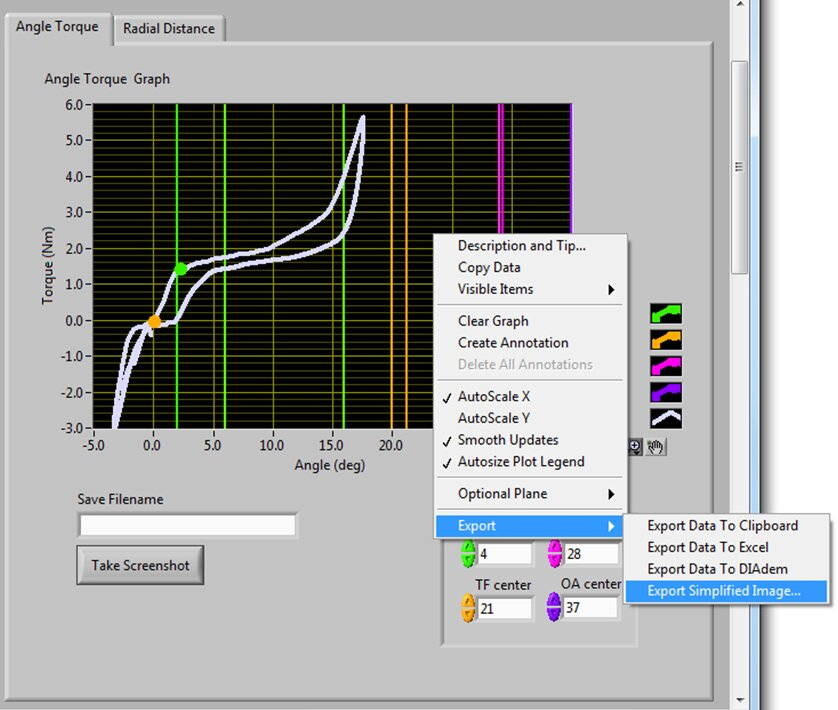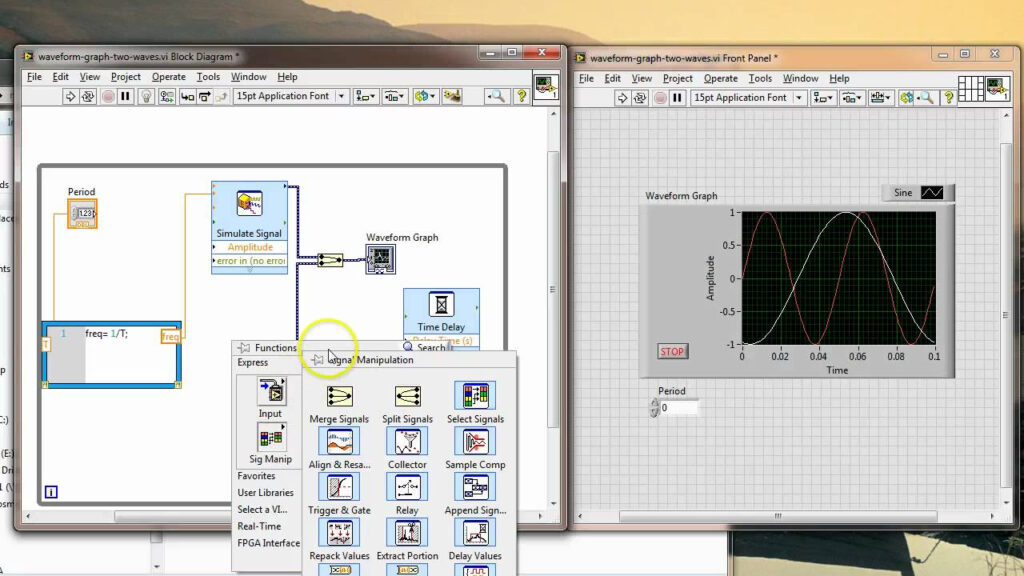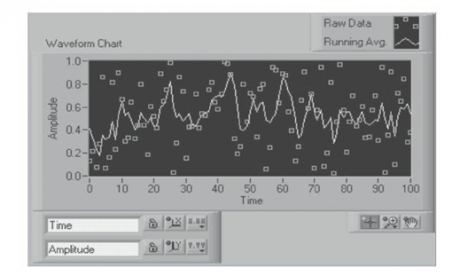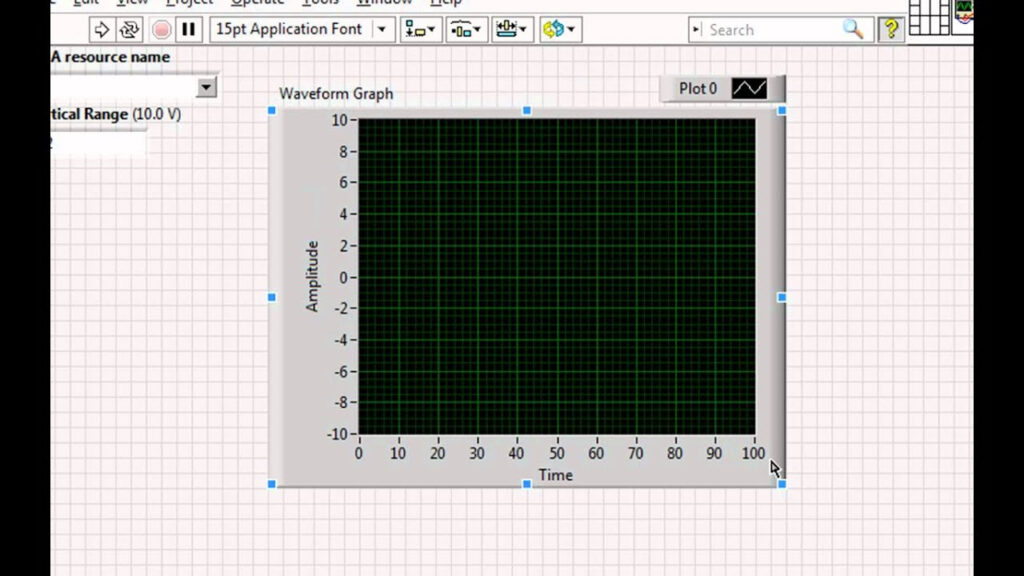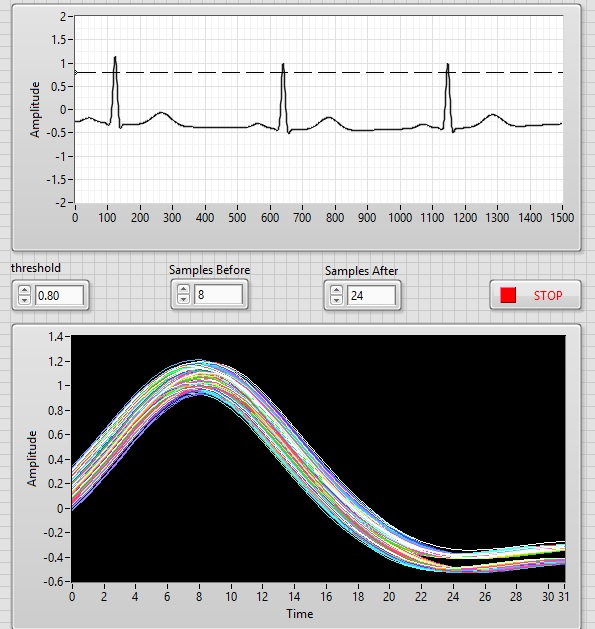LabVIEW is a powerful software tool used for data acquisition, instrument control, and industrial automation. One of the key features of LabVIEW is the Waveform Chart, which allows users to display data in real-time in the form of waveforms. This tool is commonly used in various industries such as engineering, research, and manufacturing.
When working with LabVIEW Waveform Chart, users may often encounter the need to display multiple inputs on a single chart. This can be a challenging task for beginners, but with the right approach, it can be easily accomplished. In this guide, we will walk you through the steps to display multiple inputs on a LabVIEW Waveform Chart.
Labview Waveform Chart Multiple Inputs
Setting Up Multiple Inputs
The first step in displaying multiple inputs on a LabVIEW Waveform Chart is to ensure that you have all the necessary data sources available. This could include sensors, instruments, or any other devices that are generating the data you want to display. Once you have identified your data sources, you can begin setting up multiple inputs on the Waveform Chart.
To add multiple inputs to a Waveform Chart in LabVIEW, you will need to create separate waveform graphs for each input. You can do this by using the “Build Waveform” function in LabVIEW, which allows you to combine multiple waveforms into a single graph. Once you have created the waveform graphs for each input, you can then add them to the Waveform Chart.
Displaying Multiple Inputs
Once you have set up multiple inputs on the Waveform Chart, you can customize the display to suit your needs. LabVIEW offers a range of options for customizing the appearance of the Waveform Chart, such as changing colors, line styles, and axis labels. You can also adjust the scale of the chart to ensure that all inputs are visible and easy to read.
By following these steps, you can easily display multiple inputs on a LabVIEW Waveform Chart. This feature is particularly useful for monitoring multiple data sources simultaneously or comparing different sets of data. With a little practice and experimentation, you can create dynamic and informative charts that will help you make informed decisions and analyze your data effectively.
In conclusion, the LabVIEW Waveform Chart is a versatile tool that can be used to display multiple inputs in a clear and organized manner. By following the steps outlined in this guide, you can harness the power of this tool to effectively visualize and analyze your data.
Download Labview Waveform Chart Multiple Inputs
Waveform Chart Labview Multiple Plots Labview Displaying Few On One
Waveform Charts In Labview
Waveform Chart Labview Multiple Plots Ponasa
Waveform Chart Labview Multiple Plots A Visual Reference Of Charts
